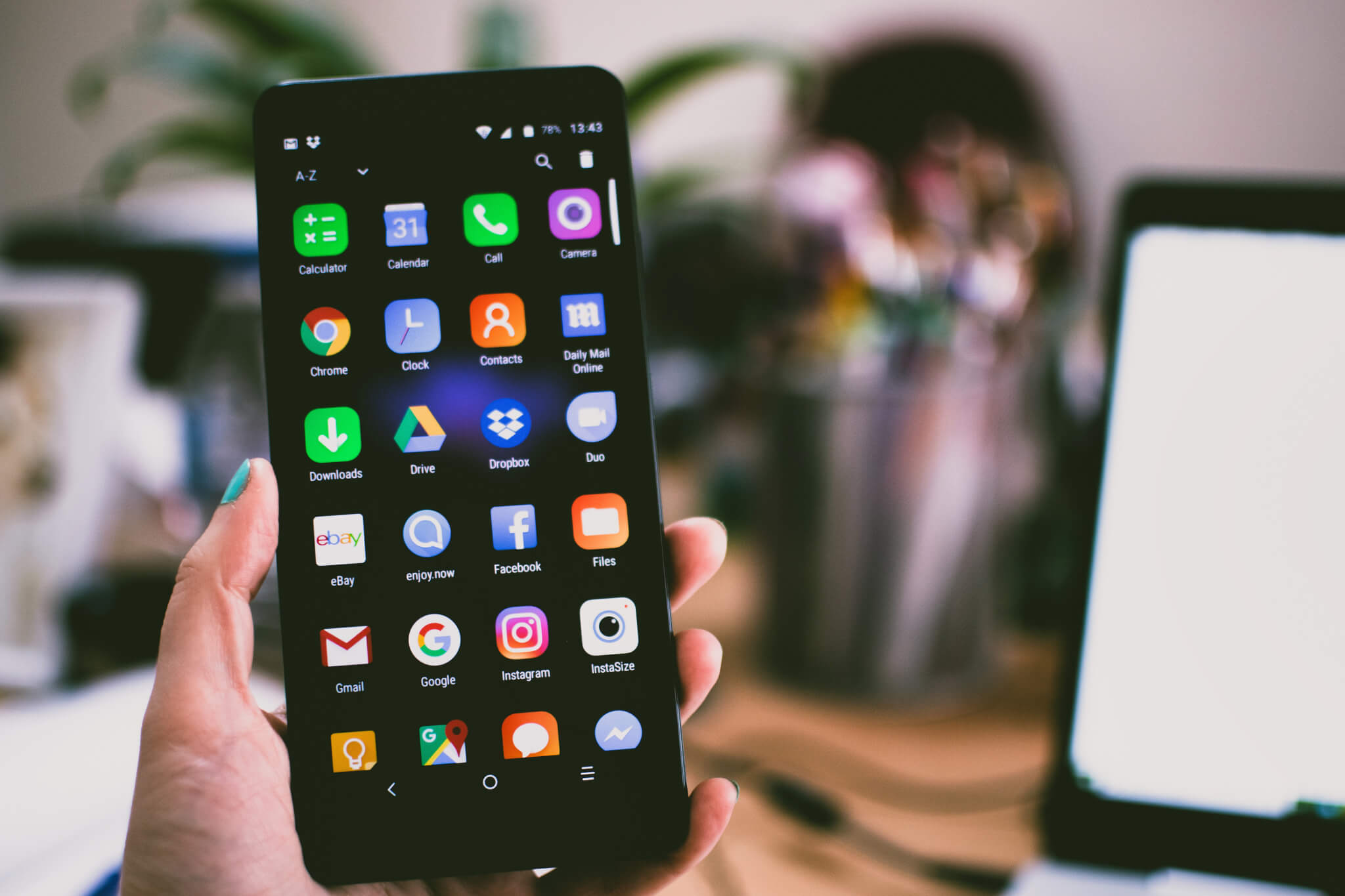Your smartphone’s internal clock is a precision component responsible for tracking time and coordinating critical functions such as app synchronization, alarms, and location services. Its accuracy ensures seamless operation of apps, proper GPS navigation, and reliable system logs, making it indispensable for a well-functioning digital ecosystem. Without synchronization, you risk data errors, missed notifications, and disrupted routines.

Content
The Mechanism Behind a Smartphone’s Internal Clock
The internal clock of a smartphone operates using a quartz oscillator, which vibrates at a consistent frequency to generate accurate time intervals. This frequency is translated by the phone’s software into the time displayed on your screen. However, even with advanced technology, these oscillators can experience slight deviations over time, known as “clock drift.”
To counteract drift, most modern smartphones rely on external synchronization sources. GPS-based atomic clocks or network servers provide updates to recalibrate the internal clock, ensuring precision. This process is crucial for applications requiring accurate timestamps, such as cloud storage and secure transactions.
The Importance of Precision in Smartphone Timekeeping
Accurate timekeeping goes beyond displaying the correct time—it is integral to various smartphone functionalities:
- Seamless GPS Navigation: Location services depend on precise timestamps for accurate positioning. Even a fraction of a second off can lead to incorrect navigation.
- Reliable Data Synchronization: Cloud services, messaging apps, and system backups require synchronized time for accurate data management.
- Efficient App Performance: Many apps rely on internal clocks to function properly, from alarms to scheduling tools.
- Secure Financial Transactions: Payment systems and online banking depend on split-second accuracy to validate transactions securely.
Timekeeping discrepancies can lead to cascading system inefficiencies, particularly in interconnected devices, emphasizing the need for synchronized clocks.
Factors That Impact Clock Accuracy
The performance of your smartphone’s internal clock is influenced by several factors, including:
- Environmental Conditions
Temperature changes can affect the vibration frequency of quartz oscillators, leading to timing inaccuracies. - Battery Degradation
Voltage inconsistencies caused by aging batteries may disrupt oscillator performance. - Manual Adjustments
Manually altering the time bypasses synchronization protocols, causing potential inconsistencies in apps reliant on precise timestamps.
To minimize these issues, it’s crucial to use your device’s automatic time synchronization feature and keep it updated regularly.
Techniques for Optimizing and Synchronizing Your Clock
Ensuring that your smartphone’s internal clock remains accurate involves straightforward yet effective steps:
- Enable Automatic Time Settings
This feature aligns your device’s clock with network servers or GPS atomic clocks, recalibrating it periodically to maintain accuracy. - Leverage Specialized Apps
Applications such as Atomic Clock Sync or ClockSync allow users to manually fine-tune their device’s time settings, enhancing precision. - Update Your Smartphone Software
Firmware updates often include improvements to synchronization algorithms, reducing clock drift. - Periodic Device Reboots
Restarting your phone clears temporary errors and ensures smoother synchronization processes.
These steps collectively ensure that your device operates at peak performance, eliminating potential errors caused by time discrepancies.
Leading Smartphones with Exceptional Timekeeping
For those seeking superior performance, certain smartphones stand out for their precise internal clock synchronization and reliability:
- Apple iPhone Series
Known for seamless integration of GPS-based atomic clock synchronization, offering unmatched accuracy. - Google Pixel Series
Designed with advanced timekeeping algorithms that minimize drift and enhance overall performance. - Samsung Galaxy Models
Equipped with robust hardware and software to ensure consistent clock performance under varying conditions.
These devices represent the forefront of technology, ideal for users who prioritize time-sensitive applications.
Conclusion
The smartphone internal clock is a vital component underpinning countless digital operations. By understanding its role, addressing factors that affect accuracy, and implementing best practices for optimization, you can ensure a more reliable and efficient device. With the tips outlined here, take control of your phone’s timekeeping capabilities and enjoy a smoother, more precise digital experience.
Start today by checking your settings and leveraging advanced synchronization tools to keep your smartphone in perfect harmony with the world’s atomic clocks.
Common Queries about Smartphone Clocks
Why does my smartphone clock drift over time?
Clock drift occurs when the quartz oscillator deviates slightly from its calibrated frequency. Environmental factors, hardware wear, or lack of synchronization can exacerbate this.
How can I reset my smartphone’s clock?
Navigate to your settings menu and enable “Automatic Time Zone” or sync manually using a timekeeping app like ClockSync.
What are the consequences of an inaccurate clock?
Discrepancies in your phone’s timekeeping can disrupt app functionality, affect data synchronization, and compromise secure transactions.

I’m Kelly Hood! I blog about tech, how to use it, and what you should know. I love spending time with my family and sharing stories of the day with them.












